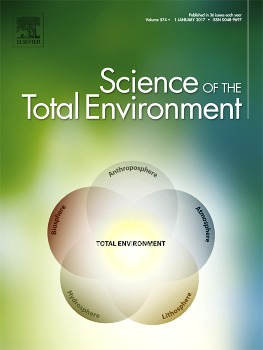Quantifying High-resolution Spatial Variations and Local Source Impacts of Urban Ultrafine Particle Concentration
Abstract: To quantify the fine-scale spatial variations and local source impacts of urban ultrafine particle (UFP) concentrations, we conducted 3–6 weeks of continuous measurements of particle number (a proxy for UFP) and other air pollutant (CO, NO2, and PM2.5) concentrations at 32 sites in Pittsburgh, Pennsylvania during the winters of 2017 and 2018. Sites were selected to span a range of urban land use attributes, including urban background, near local and arterial roads, traffic intersections, urban street canyon, near-highway, near large industrial source, and restaurant density. The spatial variations in urban particle number concentrations varied by about a factor of three. Particle number concentrations are 2–3 times more spatially heterogeneous than PM2.5 mass. The observed order of spatial heterogeneity is UFP > NO2 > CO > PM2.5. On average, particle number concentrations near local roads with a cluster of restaurants and near arterial roads are roughly two times higher than the urban background. Particle number concentrations in the urban street canyon, downwind of a major highway, and near large industrial sources are 2–4 times higher than background concentrations. While traffic is known as an important contributor to particle number concentrations, restaurants and industrial emissions also contribute significantly to spatial variations in Pittsburgh. Particle size distribution measurements using a mobile laboratory show that the local spatial variations in particle number concentrations are dictated by concentrations of particles smaller than 50 nm. A large fraction of urban residents (e.g., ~50%) in Pittsburgh live near local sources and are therefore exposed to 50%–300% higher particle number concentrations than urban background location. These locally emitted particles may have greater health effects than background particles.



Leave a Reply